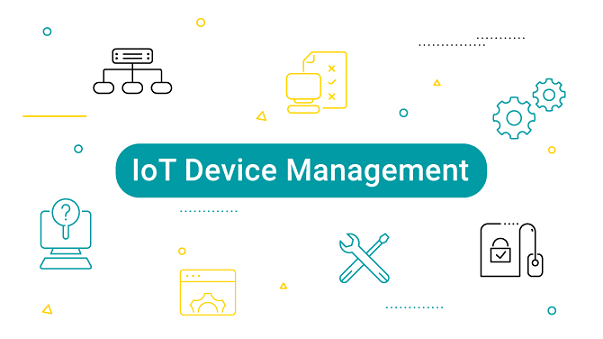Simplifying IoT Device Management with Remote SSH Access
What's the Deal with IoT Device Management?
IoT device management means taking care of all those connected devices in the network, making sure they're running fine and dandy. Whether it's updating software, checking performance, or ensuring security, having a proper management system is crucial, especially for businesses juggling heaps of devices. No one wants their smart fridge malfunctioning or industrial robots going haywire! So, a proper system saves time and avoids headaches.

Automation is a big part of IoT device management. With so many gadgets online, no one has time to deal with each device manually. That's where automation comes in handy - pushing updates, monitoring health, and fixing problems without lifting a finger. Dashboards make it super easy to get a full view of what's happening across all devices, so problems are sorted out quickly.
Why Remote Access Makes All the Difference
Remote access, or the capacity to monitor and operate objects without physically being there, is an important feature of IoT technology. Previously, if a device malfunctioned, a professional had to visit the spot. They can now solve the problem by simply signing in from any place, thanks to remote access. This removes the need for lengthy trips and waiting for repairs, saving a significant amount of time and money.
Remote access is extremely beneficial in areas such as manufacturing and healthcare, which demand real-time data. Medical equipment, for example, may be operated remotely in the healthcare business, ensuring that patients receive the treatments they demand on time. And in factories, remote monitoring helps teams handle machine performance and address risks without missing a beat. Remote access tools let people connect, diagnose, and fix devices from anywhere.
Remote SSH: The Secret Weapon for IoT Devices
SSH, or Secure Shell, is a powerful tool that allows users to securely access devices over the internet. Remote SSH IoT access gives peace of mind, ensuring that the connection between devices and users stays safe from prying eyes. For industries dealing with sensitive data, like healthcare or finance, security is crucial, and SSH encryption keeps everything locked up tight.
This kind of access is incredibly flexible. With the right credentials, anyone can log into an IoT device remotely, troubleshoot, and fix problems without ever stepping foot on-site. This flexibility is especially useful for companies operating across multiple locations. Sending out technicians to check every single device isn't practical, but with remote SSH, one person can handle it all from the office or home.
The Perks of Using Remote SSH for Managing IoT
- Boosted Efficiency: Remote SSH lets organizations handle issues right away, without waiting for someone to go out and fix the problem on-site. This saves time, reduces downtime, and makes sure everything runs smoothly. It's all about keeping things efficient and fast!
- Room to Grow: As businesses expand and more IoT devices get added, managing them can become a headache. Remote SSH simplifies things, allowing people to scale up operations and keep tabs on devices without feeling overwhelmed.
- Cost-Effective: Fewer trips for technicians mean less money spent on travel and maintenance. Remote SSH is especially handy for remote or hard-to-reach locations, cutting down costs while keeping everything in check.
- Flexibility: With remote SSH, IoT device management can be tailored to suit any needs. From setting up regular updates to monitoring live data, it provides a flexible solution that works for any type of operation.
Real-World Examples of Remote SSH in Action
Remote SSH is utilized by companies all over the world to enhance their operations. IoT devices in agriculture, such as automated irrigation systems and weather sensors, are remotely operated to help farmers achieve the greatest potential agricultural development. They can verify everything with a few clicks, removing the need to go across the fields.
IoT devices also monitor power grids and other critical infrastructure in the energy business. Remote access IoT allows energy companies to resolve problems as they develop, preventing outages and sustaining electricity flow. It's a brilliant way to preserve order!
Smart home devices like cameras and thermostats also rely heavily on remote IoT device management. If a smart camera goes offline or needs an update, users can fix it remotely through SSH. No need to call a technician - it's all handled without leaving the house.
